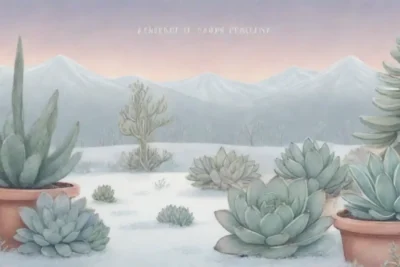
Low-Light Succulents: Best Varieties for Gloomy Seasons
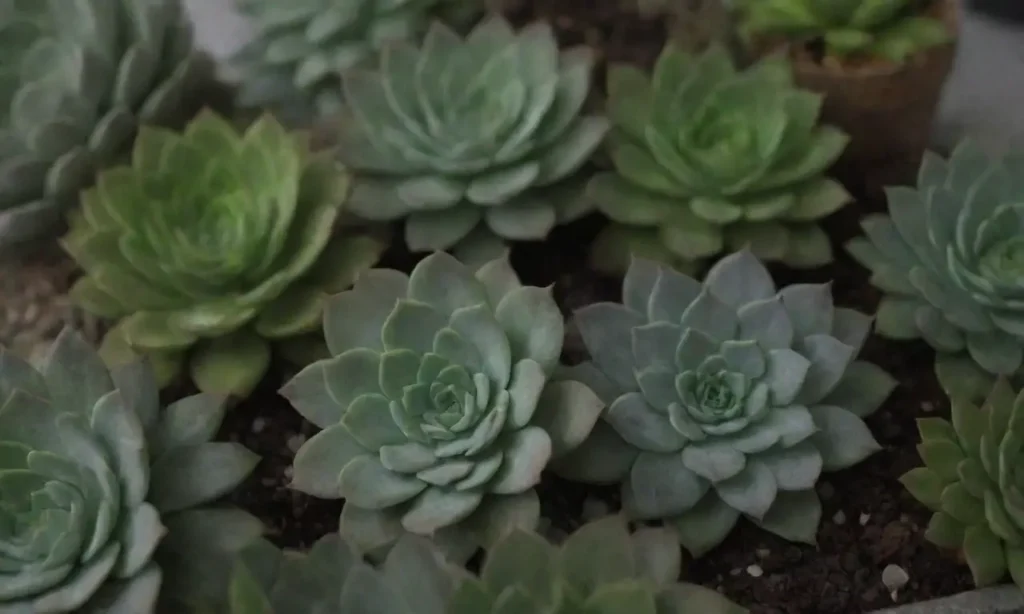
Introduction
Succulents are widely known for their impressive ability to thrive under sunny conditions, making them a popular choice for indoor and outdoor gardening. However, what happens when the weather takes a turn for the worse, and the days become short and dreary? This article focuses on low-light succulents, the varieties that can survive and even flourish in less optimal lighting. Low-light environments can be a challenge for plant lovers, but many succulent species are not only tolerant of such conditions but can also be striking additions to your indoor garden.
In this article, we will explore some of the best low-light succulents specifically suited for gloomy seasons. We'll discuss their specific care requirements, aesthetic appeal, and why they make great companions when sunshine might be scarce. Whether you want to brighten up a corner of your home or maintain robust greenery during the winter months, this guide will provide you with the essential information you need.
What Are Low-Light Succulents?
Succulents are plants with fleshy tissues that store water. Many of them are adapted to survive in arid conditions, and traditional wisdom suggests that they need plenty of light to thrive. However, low-light succulents are a subset of these resilient plants that can handle a lower light intensity. These species often come from regions that experience filtered sunlight or dappled shade, giving them the unique ability to adapt to darker environments.
The term "low-light" can often be misleading; it doesn't mean these plants can survive in complete darkness. Instead, it refers to their ability to thrive in indirect or diffused sunlight. Most low-light succulents can tolerate bright, indirect light for several hours a day; therefore, putting them in a well-lit room with minimal direct sunlight is ideal.
Selecting the right low-light succulents for your indoor collection can significantly influence their longevity and overall health. With various options available, you can create a visually appealing arrangement despite the season’s gloominess. This ability to adjust makes them perfect for brightening up darker rooms.
The Best Low-Light Succulents
1. Zamioculcas zamiifolia (ZZ Plant)
The ZZ plant, or Zamioculcas zamiifolia, is one of the most resilient and low-maintenance succulents perfect for dimly lit areas. Its waxy, dark green leaves have a striking appearance that adds contemporary flair to any room. ZZ plants can thrive in both indirect light and low-light conditions, making them ideal for corners of rooms that receive minimal sunlight.
One of the appealing features of the ZZ plant is its ability to withstand neglect. It requires very little watering, as it stores moisture in its rhizomes or underground stems. Therefore, an occasional watering every few weeks is usually sufficient, particularly during the winter months when its growth slows down. Moreover, this plant is also tolerant of temperature fluctuations and can thrive in a range of indoor environments.
 How to Care for Succulents During the Changing Seasons
How to Care for Succulents During the Changing SeasonsTo care for your ZZ plant, position it in an area with indirect light, such as near a window where it receives filtered sunlight. While it can survive in low-light conditions, providing some indirect light will encourage healthier growth. Make sure to use a well-draining potting mix to avoid root rot, a common issue for succulents. The ZZ plant's ability to endure low-light conditions makes it a top choice for urban dwellers or anyone looking to enhance their indoor environment, regardless of seasonal challenges.
2. Sansevieria trifasciata (Snake Plant)
Another excellent option for low-light environments is the Snake Plant, scientifically known as Sansevieria trifasciata. This succulent is prevalent due to its unique vertical growth and distinctive variegated leaves, which can add vertical interest to your indoor space. Snake plants are incredibly forgiving and can adapt to various light conditions, from bright light to complete shade.
A practical advantage of the Snake Plant is its air-purifying qualities. Research has shown that it effectively removes common indoor toxins, such as formaldehyde and benzene, by taking in carbon dioxide at night and releasing oxygen. This makes it an excellent addition to bedrooms or offices where air quality might be a concern. Furthermore, the Snake Plant is incredibly easy to propagate, allowing you to create additional plants from clippings.
Watering the Snake Plant can be minimal, as it prefers to dry out between waterings. A good rule of thumb is to water when the top inch of the soil feels dry. During the winter months, reducing the watering frequency is wise since the plant's growth will slow. Snake Plants exemplify how a plant can be both aesthetically pleasing and functionally beneficial, making them a fantastic choice during gloomy seasons.
3. Haworthia
Haworthia is a delightful group of low-light succulents that come in a variety of eye-catching shapes and textures. These smaller succulents often feature stunning rosettes composed of thick, fleshy leaves that can have intricate patterns or translucent spots. Typically, Haworthia plants are best suited for indoor conditions and can easily adapt to lower light environments.
What makes Haworthia particularly attractive is their compact nature and the ease with which they can be cared for. These plants prefer well-draining soil and can thrive on little water, making them perfect for busy individuals or beginners. Interestingly, they do respond positively to indirect light; a little extra care can improve their health and aesthetic appeal. Positioning them on a windowsill that doesn’t receive harsh afternoon sunlight can yield excellent results.
Because they vary widely in appearance, you can create an attractive arrangement by mixing various species. Haworthia are also relatively slow growers, allowing them to fit comfortably in small pots and offer a beautiful aesthetic without taking up too much space. If you live in a gloomy region, adding a few different Haworthia varieties can certainly elevate your décor while ensuring a vibrant display in low-light conditions.
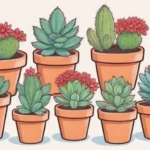 How Holidays Influence Succulent Care Across the Seasons
How Holidays Influence Succulent Care Across the SeasonsCaring for Low-Light Succulents
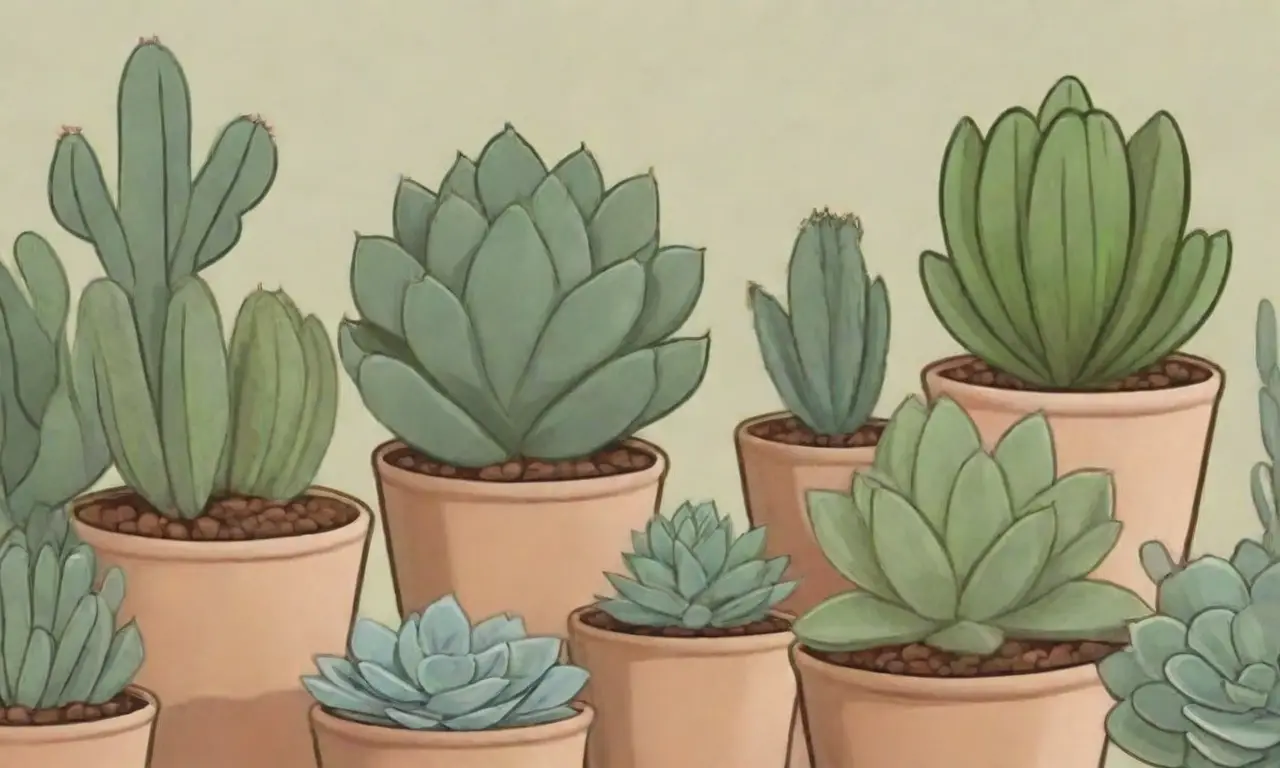
While all succulents have specific care needs, low-light succulents have particular requirements that you should consider for optimal growth. Understanding the general principles of care for these plants will enhance your gardening success, especially during gloomy seasons.
1. Light Requirements
Although low-light succulents can tolerate minimal light, they still need some form of natural illumination. Generally, indirect light is best. To achieve this, place your succulents near windows that are shaded by sheer curtains or blinds. You can also rotate the plants every few weeks to ensure all sides receive some light. For those particularly challenging days where the sun's presence is scarce, consider investing in grow lights. These artificial light sources can supplement natural light, ensuring your plants stay healthy and vibrant.
2. Watering Practices
One of the most common pitfalls for succulent owners is overwatering. Low-light succulents require even less water than their sun-loving cousins, particularly when light availability dwindles. The general rule is to check the moisture level of the soil thoroughly before rehydrating. To do this, poke your finger into the soil about an inch deep; if it feels dry, it's time to water. The idiom "less is more" is especially relevant when caring for these tenacious plants, particularly during the gloomy seasons when evaporation is slow.
3. Soil and Potting Considerations
For most low-light succulents, it is essential to provide them with a well-draining soil mix. Traditional potting soil retains moisture, which can lead to root rot. Look for a cactus or succulent potting mix that allows for sufficient drainage. Additionally, it's a good idea to choose pots with drainage holes to help excess water escape. If you're feeling extra DIY-inclined, you can mix regular potting soil with sand or perlite to create a more adapted growing medium.
Conclusion
In conclusion, low-light succulents offer a wonderful solution for plant enthusiasts looking to maintain greenery during the gloomy seasons. From the resilient ZZ plant to the market-ready Snake Plant and the versatile Haworthia, there is a stunning array of options that can elevate your indoor environment. These plants are not only aesthetically pleasing; they also contribute to healthier indoor air quality and require very little maintenance.
Navigating the challenges of caring for succulents during seasons of minimal sunlight is manageable if you can provide adequate light, manageable watering routines, and proper soil conditions. By understanding the needs of low-light succulents, you can create a beautiful indoor oasis even when the outside world is bleak.
 Understanding the Dormant Phase of Succulents in Winter
Understanding the Dormant Phase of Succulents in WinterUltimately, these hardy plants can thrive in numerous conditions, proving that they are indeed nature's resilient gems. Embrace the beauty and versatility of low-light succulents, and let them be your companions through the dreariness of gloomy seasons. Whether you're new to succulent gardening or looking to expand your collection, these plants can help bring life and energy to any abode, regardless of the weather outside.
If you want to read more articles similar to Low-Light Succulents: Best Varieties for Gloomy Seasons, you can visit the Seasonal Changes category.

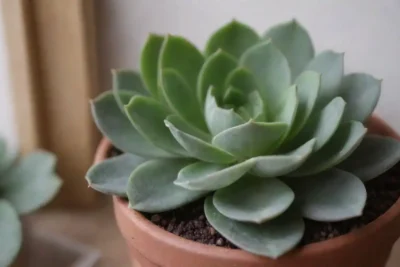
You Must Read